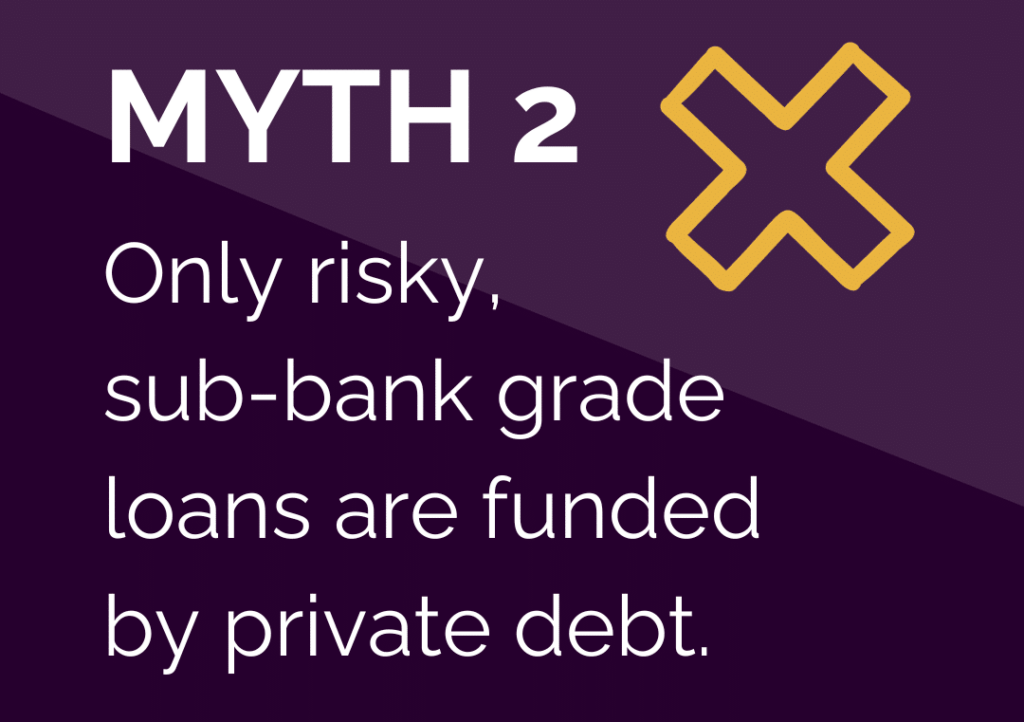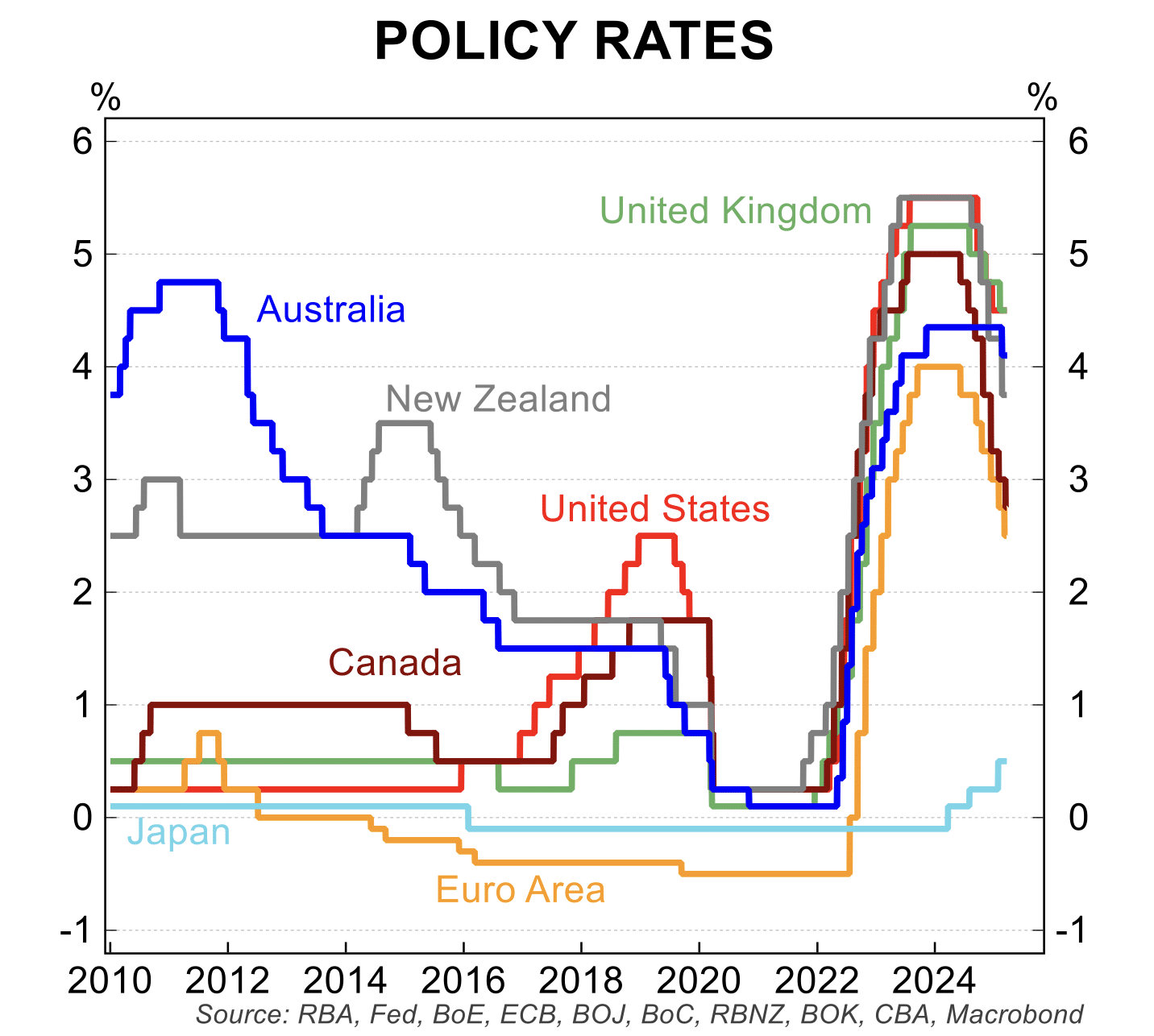In this ‘Demystifying Private Debt: Separating Fact from Fiction” series, we aim to debunk common myths and misconceptions investors have of private debt, drawing from our team’s combined experience in credit, property, private debt and investment management.
In our conversations with investors, we have identified four categories of common concerns – or myths – that investors have of private debt and which we believe is one of the key reasons why many would-be investors have been quick to dismiss this proven ‘all-weather’ asset class:
- quality of the borrower
- quality of the loan transaction
- credibility and risk management capability of the investment manager
- risk of private debt as an asset class
Quality of the loan transaction

Myth 2: Only risky, sub-bank grade loans are funded by private debt
Private debt funding often conjures images of high-risk, substandard loans extended to desperate borrowers. However, this ‘lender of last resort’ perception couldn’t be further from the truth. The private debt markets encompass a diverse array of lending activities, catering to a spectrum of risk appetites and purposes.
As we continue our ‘Demystifying Private Debt: Separating Fact from Fiction” series, we debunk the myth that only risky, sub-bank grade loans are funded by private debt.
One of the key misconceptions surrounding private debt is that it is exclusively for risky loan transactions, or borrowers with poor credit quality who are unable to secure traditional bank funding. However, it’s important to note that private debt funding isn’t restricted to distressed situations. The flexibility and customisation offered by private debt often surpass what traditional lenders can provide, making it an attractive option for many quality borrowers and creditworthy entities (often asset-rich but cash-poor) seeking funds for expansion and/or working capital, pursuing specialised financing, or high-net-worth property developers looking for more flexible borrowing terms, or faster turnaround times not able to be offered by traditional lenders.
What’s important to note is that experienced and reputable non-bank, private lenders conduct thorough due diligence before extending funds and that the lenders operate within a structured and regulated framework that prioritises risk management. In the context of commercial real estate debt (CRED), this process involves assessing the borrower’s financial position, a project’s feasibility analysis, the quality of the security property, the current market position, and more importantly, the repayment capacity including viable exit strategies. In CRED transactions, the senior loan is secured by a first-registered mortgage over the security property, assuring that in the case of borrower default, the lender will be repaid ahead of other lenders and equity holders. Experienced investment managers will ensure capital preservation is prioritised over returns.
Another misconception is associating private debt solely with exorbitant interest rates and predatory lending practices. While some segments of private debt may entail higher interest rates, the terms and rates are not universally predatory. The interest rates are often reflective of the risk involved and are negotiated based on the borrower’s creditworthiness, the loan to value ratio, purpose of the loan, and prevailing market conditions.
Private debt caters for varying credit quality levels, ranging from investment-grade loans to subordinated debt with higher risk profiles. It’s not solely confined to risky loans but instead spans a continuum of risk appetites, accommodating both conservative and aggressive investment strategies.
At Zagga, we operate with an investor first approach. We present risk-mitigated CRED opportunities that consistently deliver steady income which, when compounded over many years, constitute highly attractive returns.




